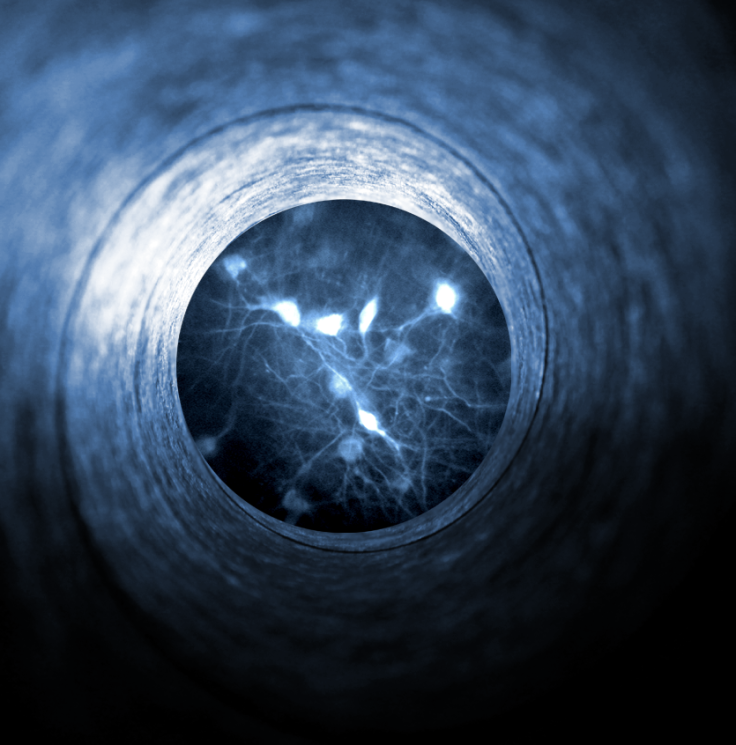Here's the brain area that controls the impulse to procreate
The medial preoptic neurons are sensitive to hormone changes in female mice.

Scientists have identified a small cluster of neurons that induce mice to notice the opposite sex and drive their impulse to mate. This discovery sheds a light on the neural roots of opposite-sex social behaviours in mammals, and may also be relevant to a number of psychiatric illnesses in humans.
Past studies have shown that a part of the brain known as the medial preoptic area, a group of neurons that sits within the hypothalamus, plays a key role in driving social and reproductive behaviour in all vertebrates.
However, scientists were unsure how connected these neurons are with the rest of the brain and in particular, with the brain's reward system.
The researchers, from North Carolina School of Medicine also wanted to find out more about how they triggered social behaviours and attraction to the opposite sex.
In their research published in Nature Neuroscience, the team used advanced deep brain imaging techniques and optogenetics – flickering lights – to investigate the way the medial preoptic area functions.
In the reward system
Injecting the brain of female mice with fluorescent beacon molecules, they were able to pinpoint the medial preoptic neurons that project to another part of the brain called the ventral tegmental area – which plays a major part in the brain's reward circuit.
Furthermore, the researchers were able to show that these neurons expressed receptors for the female sex-hormone estrogen. These neurons are thus likely to be sensitive to the variations of ovarian hormone levels in the mouse fertility cycle.
The researchers believe that this hormone-sensitive circuit in the brain controls social motivation in female mice and plays a part in their attraction to males. "These neurons essentially take sensory and hormonal signals and translate them into motivated social behaviour," said lead author Garrett Stuber.
Urine smell
In the second part of the study, the team found that when the female mice were exposed to the smell of male mouse urine – but not to the smell of female mouse urine or food – a large number of medial preoptic neurons was activated. The effect was greater when females were about to become fertile. This indicates a greater attraction to the opposite sex at a time when these female were supposed to mate, mediated by the medial preoptic neurons.
"On the whole, the data suggest that these neurons help drive social attraction toward a potential mate," Stuber said.
These findings could have implications for our understanding of certain psychiatric disorders in humans. Because these neurons are sensitive to hormones, it might be interesting to study them in the context of major mood disorders in which abnormal hormone levels can play a role – such as post-partum depression.
© Copyright IBTimes 2024. All rights reserved.






